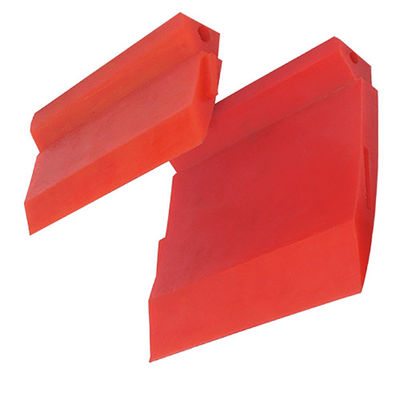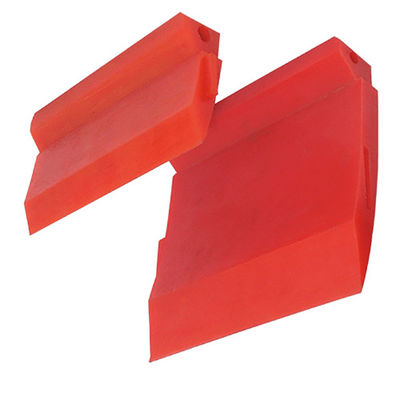
Contact me for free samples and coupons.
Whatsapp:0086 18588475571
Wechat: 0086 18588475571
Skype: sales10@aixton.com
If you have any concern, we provide 24-hour online help.
x| Product Name | PE Parts | OEM/ODM | OEM ODM CNC Machining Service |
|---|---|---|---|
| Logo | Accept Custom Logo | Material | Plastic |
| Delivery Time | 10-21 Days | Service | Packaging Assembly Services |
| High Light | Engineering PE Parts,PE Parts Custom Logo,polyethylene molding High Impact Strength |
||
Engineering Plastic Parts Polyethylene PE Parts Plastic Machined Parts
The process for engineering PE parts typically involves designing the part using computer-aided design (CAD) software, selecting the appropriate type of polyethylene (PE) material, and then using injection molding or extrusion techniques to create the final product.
PE (Polyethylene) parts are components made from polyethylene, a widely used thermoplastic polymer known for its versatility, durability, and cost-effectiveness. PE parts find applications in various industries and are available in different forms, such as sheets, rods, tubes, and molded components. Here is a description of PE parts and their key characteristics:
1. Excellent Chemical Resistance: PE exhibits excellent resistance to a wide range of chemicals, acids, and alkalis. It is highly resistant to corrosion, making PE parts suitable for applications in chemical processing, water treatment, and storage tanks for chemicals.
2. High Impact Strength: PE has high impact strength, making it resistant to cracking or breaking under impact or heavy loads. PE parts can withstand demanding environments and are commonly used in applications such as impact-resistant containers, protective barriers, and playground equipment.
3. Good Flexibility: PE is a flexible material, allowing it to bend and deform without breaking. This property makes PE parts suitable for applications that require flexibility, such as flexible tubing, seals, gaskets, and packaging materials.
4. Moisture Resistance: PE has excellent resistance to moisture and is impermeable to water. It does not absorb water or suffer from water-related degradation, making it suitable for applications exposed to wet or humid environments, such as water pipes, irrigation systems, and marine applications.
5. Electrical Insulation: PE is a good electrical insulator and has low electrical conductivity. It is commonly used in electrical cable insulation, wire harnesses, and electrical connectors where electrical insulation is required.
6. Lightweight: PE is a lightweight material, which offers advantages in terms of ease of handling, transportation, and reduced weight in applications where weight reduction is important, such as automotive components, packaging, and sports equipment.
7. Cost-Effective: PE is known for its cost-effectiveness. It is a widely available and relatively inexpensive material, making PE parts a cost-effective choice for various applications without compromising on performance.
PE parts are used in a wide range of industries, including packaging, construction, automotive, electrical, agriculture, and water management. Its combination of chemical resistance, impact strength, flexibility, moisture resistance, electrical insulation, lightweight, and cost-effectiveness makes it a versatile material for various applications.





